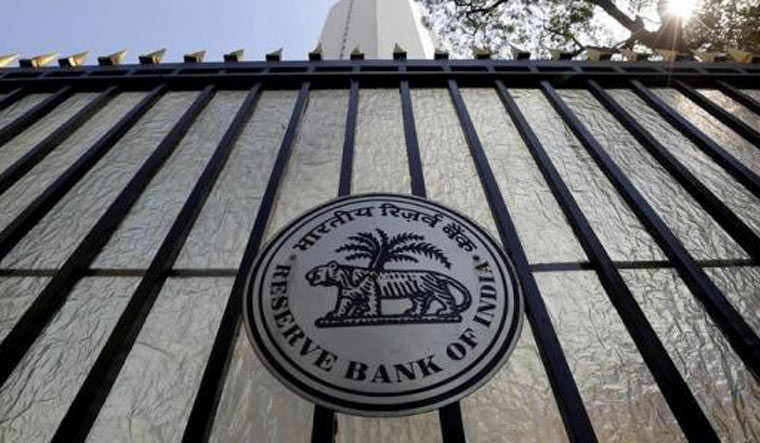In March this year, just days after the government had announced a nationwide lockdown to curb the spread of COVID-19, bringing much of the economy to a halt, Reserve Bank of India Governor Shaktikanta Das vowed to do “whatever is necessary” to shield the economy from the pandemic. So far this year, the central bank has slashed the benchmark Repo Rate by 115 basis points to 4 per cent, apart from several other measures announced to lift the economy now under recession.
But, inflation trending stubbornly over the targeted range for some time now has put a spanner in the works. As the monetary policy committee meets this week, the expectation is that the central bank will keep interest rates on hold for the third straight time.
In October, CPI (consumer price index) inflation grew to 7.61 per cent, its highest level since 2014. RBI has a inflation target of 4 per cent, within the range of 2 per cent to 6 per cent. Food inflation at 11.07 per cent will be of particular worry for the RBI. Supply side issues like higher commodity prices, unseasonal rains and labour shortages are the key reasons behind the high inflation, say analysts.
There are other things to consider too. Data last week showed that the economy shrank for the second straight quarter; but at negative 7.5 per cent, it was much better than the 23.9 per cent contraction in April-June. Other key indicators, like manufacturing and services purchasing managers index (PMI), automobile wholesales and a pickup in Goods and Services Tax numbers have indicated a rebound in the economy.
Sonal Varma, chief India economist at Nomura Securities, believes that with inflation still on the upside, “the window for easing has closed.”
“We expect the RBI to revise up its inflation projection by more than one percentage point to 5.5-6.9 per cent in the second half of FY21 (from 4.5-5.4 per cent) and a new first half FY22 forecast of 4.2-4.8 per cent. In view of these upward revisions, the MPC is likely to vote unanimously to remain in wait-and-see mode,” said Varma.
Economists at investment bank Morgan Stanley point out that headline inflation has been trending above the upper threshold of the 2-6 per cent range for seven consecutive months, and while it is expected to decelerate next year, it will still remain marginally above the targeted 4 per cent. In this backdrop, the RBI will continue to keep rates on “hold,” but, maintain an “accommodative” stance.
“Since the advent of the pandemic and subsequent lockdown from March onwards, the RBI has eased rates by 115 bps, taking the cumulative easing since 2019 to 250 bps. We believe the focus of monetary policy in the near term will be to address liquidity and financial stability concerns,” the economists said.
Shanti Ekambaram, group president, consumer banking, at Kotak Mahindra Bank, also believes there is “limited room” for a rate cut in the upcoming policy.
“We have seen encouraging signs of a pickup in economic activity and a return of consumer demand, buoyed by the festive season. The next few months are critical as it needs to be seen whether demand levels will sustain and the central bank will closely monitor the growth trajectory and high frequency data points. Till there is sustained demand recovery, the MPC is expected to maintain its accommodative stance,” Ekambaram said.
Nomura’s Varma expects the central bank to revise upwards its GDP growth projection for the year ending March 2021 to negative 8.5 per cent from negative 9.5 per cent earlier.
Economists at ratings agency ICRA also believe the economic recovery will strengthen in the second half of the current financial year, still they remain cautious on the pace of the improvement.
“The pickup observed in many sectors in October 2020, was exaggerated by restocking ahead of the festive season to satisfy pent-up demand, and base effects related to a later onset of the festive period in 2020 relative to 2019,” they noted.
Post the Diwali festive season, COVID-19 cases are on the rise in several places, prompting states to announce various restrictions, including night-time curfews. How the COVID infection trajectory pans out and the impact restrictions have on demand and in turn the wider economy, will have to be closely watched out for.
“On balance, we do expect a stronger rebound in economic activity in the second half of FY21, relative to our earlier assessment, with regional and sector unevenness in the pace of the recovery. At present, it appears that the GDP contraction in FY21 is likely to range between 7-9 per cent, milder than our previous forecasts. However, the possibility that a rise in COVID-19 infections may necessitate the re-imposition of fresh restrictions, causing the momentum of the recovery to falter, remains a risk,” said the ICRA economists.









